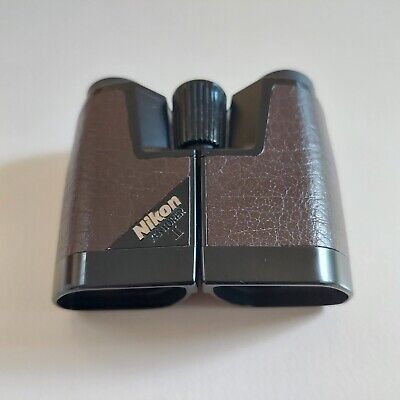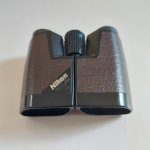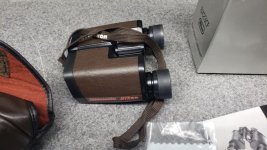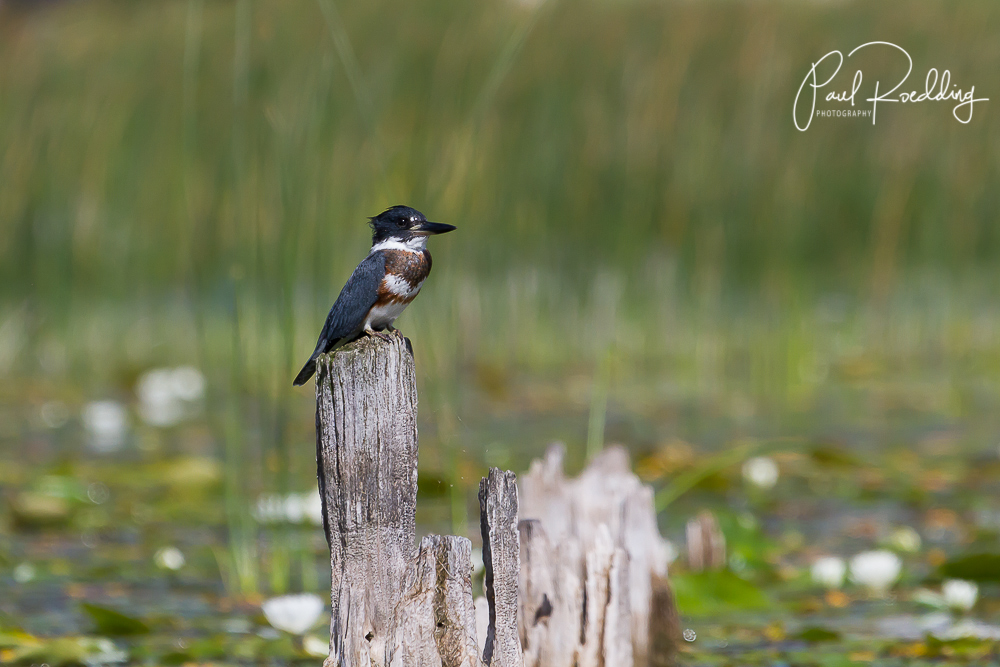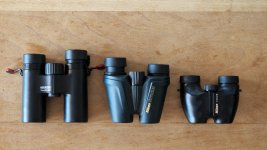dwatsonbirder
Well-known member
Apologies in advance for a rambling thread, but hopefully this may be of use/interest to anyone considering a compact binocular. In a broadly similar vein to a previous comparison, here is a comparison of how a cheap pocket porro performs against a renowned roof - the outcome may surprise!
A while ago I decided to buy a pair of cheap compacts to use as an occasional pair when walking the dogs - enter the Opticron MCF. This is an old design (possibly late 1980's/early 1990's) but I have always been impressed with Opticron's offerings, and when a clean pair came up locally for £30, I decided to give them a try. I've waxed lyrical about their optics and form factor previously, but to summarise; small, light, good eye relief, sharp and wide FoV.
I decided to treat myself to a used (but very clean) Leica Trinovid 8x20 BCA recently as an upgrade to my somewhat old fashioned Opticron MCF 7x24 - this was largely based upon my reaction to looking through a pair of Ultravid 8x20 compacts a while ago, where I was very surprised by the image quality. I couldn't justify the £500+ price tag of a used UV, so having read generally positive feedback on here, I had hoped that the little TV would offer some of the same performance for a more modest outlay.
I've not used either extensively (and I don't really intend to - that was not their purpose) but hopefully these initial findings are of interest...
Size
There is surprisingly little between the binoculars, but at this end of the market, grams and centimetres count...
Weight: Leica 235g V Opticron 248g
Size (folded) Leica 96 x 92mm V Opticron 95 x 98mm
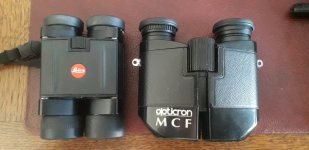
Optics
Field of view appears about the same, though the specs suggest that the Opticron should be noticeably better (130m v 115m). The image is just "bigger" on the Leica's compared to the Opticron, largely as a result of the difference in magnification (8x vs 7x), though this doesn't bother me as my main pair are 7x power anyways. Colour saturation and sharpness is better in the Leica (as you may expect), but saturation in the Opticron is surprisingly good (see image). The edge is perfectly sharp around the FoV of the Leica, however, some shadow effects are visible around the periphery of the Opticron.
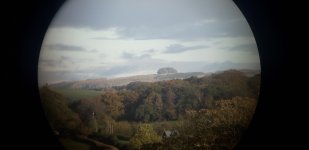
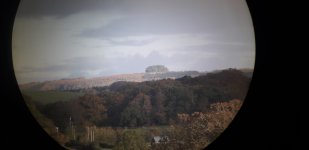
The Leica has a better rendering of white in the image, with the older coatings on the venerable Opticron giving the view a cooler slightly pinkish rendition.
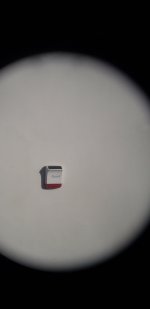
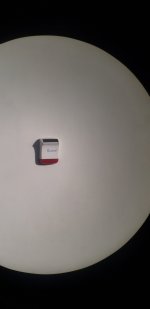
Sharpness in the centre of the image is very good on both, and to my eye, is perhaps a shade better on the Opticron, though the Leica has a larger sweet spot.
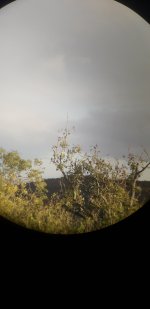
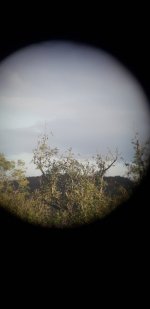
Neither are remotely a match for my Zeiss FL's, and this is very apparent in low light, or situations where glare is apparent.
The Leica is unquestionably brighter than the Opticron in low light levels, and handles glare a little better too - though the porro prism design of the Opticron helps somewhat here.
Haptics
Again, a largely personal view, but the larger exit pupil and chunky body style of the Opticron makes these undoubtedly more user-friendly. As a bespectacled individual, the view is almost immediate, with negligible repositioning thanks to the larger exit pupil, whereas it takes a second or two to get the perfect alignment with the Leica's - the difference between clinching a bird flying past the window or not! The view with the Leica has a more pleasing quality (the Leica view?), particularly when viewing for longer periods, but once again the larger exit pupil of the Opticron comes into play here, making the viewing a little less tiring.
The build quality of the Leica is superb; it really has the feel of a premium instrument at a smaller scale. The one area where the Opticron is preferential is the focus wheel, which is perfectly smooth and large enough for me to use comfortably - the Leica isn't as smooth, and is a lot lighter in action.
Outcome
A surprise for me, as my initial impression is that although the Leica is optically better, it is not noticeably so. The feel and ease of use of the Opticron are arguably better for me in a real-world situation, and I seem to be able to get onto objects a bit faster.
It feels a little like the upgrade may've been a bit misguided as I didn't try and compare before purchasing, however my wife will now have a nice bonus gift this festive season, and I should accrue some birding brownie points for next year!
A while ago I decided to buy a pair of cheap compacts to use as an occasional pair when walking the dogs - enter the Opticron MCF. This is an old design (possibly late 1980's/early 1990's) but I have always been impressed with Opticron's offerings, and when a clean pair came up locally for £30, I decided to give them a try. I've waxed lyrical about their optics and form factor previously, but to summarise; small, light, good eye relief, sharp and wide FoV.
I decided to treat myself to a used (but very clean) Leica Trinovid 8x20 BCA recently as an upgrade to my somewhat old fashioned Opticron MCF 7x24 - this was largely based upon my reaction to looking through a pair of Ultravid 8x20 compacts a while ago, where I was very surprised by the image quality. I couldn't justify the £500+ price tag of a used UV, so having read generally positive feedback on here, I had hoped that the little TV would offer some of the same performance for a more modest outlay.
I've not used either extensively (and I don't really intend to - that was not their purpose) but hopefully these initial findings are of interest...
Size
There is surprisingly little between the binoculars, but at this end of the market, grams and centimetres count...
Weight: Leica 235g V Opticron 248g
Size (folded) Leica 96 x 92mm V Opticron 95 x 98mm

Optics
Field of view appears about the same, though the specs suggest that the Opticron should be noticeably better (130m v 115m). The image is just "bigger" on the Leica's compared to the Opticron, largely as a result of the difference in magnification (8x vs 7x), though this doesn't bother me as my main pair are 7x power anyways. Colour saturation and sharpness is better in the Leica (as you may expect), but saturation in the Opticron is surprisingly good (see image). The edge is perfectly sharp around the FoV of the Leica, however, some shadow effects are visible around the periphery of the Opticron.


The Leica has a better rendering of white in the image, with the older coatings on the venerable Opticron giving the view a cooler slightly pinkish rendition.


Sharpness in the centre of the image is very good on both, and to my eye, is perhaps a shade better on the Opticron, though the Leica has a larger sweet spot.


Neither are remotely a match for my Zeiss FL's, and this is very apparent in low light, or situations where glare is apparent.
The Leica is unquestionably brighter than the Opticron in low light levels, and handles glare a little better too - though the porro prism design of the Opticron helps somewhat here.
Haptics
Again, a largely personal view, but the larger exit pupil and chunky body style of the Opticron makes these undoubtedly more user-friendly. As a bespectacled individual, the view is almost immediate, with negligible repositioning thanks to the larger exit pupil, whereas it takes a second or two to get the perfect alignment with the Leica's - the difference between clinching a bird flying past the window or not! The view with the Leica has a more pleasing quality (the Leica view?), particularly when viewing for longer periods, but once again the larger exit pupil of the Opticron comes into play here, making the viewing a little less tiring.
The build quality of the Leica is superb; it really has the feel of a premium instrument at a smaller scale. The one area where the Opticron is preferential is the focus wheel, which is perfectly smooth and large enough for me to use comfortably - the Leica isn't as smooth, and is a lot lighter in action.
Outcome
A surprise for me, as my initial impression is that although the Leica is optically better, it is not noticeably so. The feel and ease of use of the Opticron are arguably better for me in a real-world situation, and I seem to be able to get onto objects a bit faster.
It feels a little like the upgrade may've been a bit misguided as I didn't try and compare before purchasing, however my wife will now have a nice bonus gift this festive season, and I should accrue some birding brownie points for next year!
Last edited:




